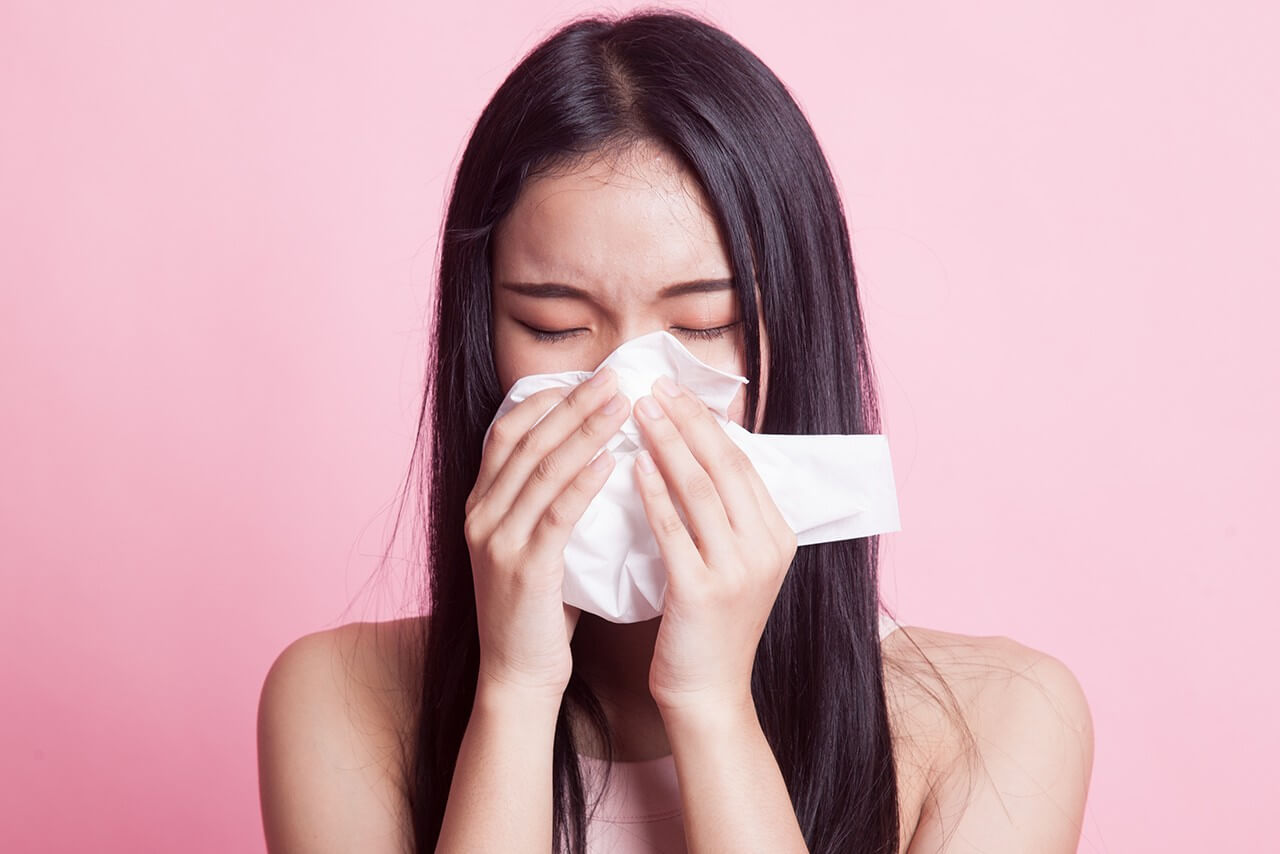It’s tough for the lungs to ever catch a break. Spring and Summer bring pollen showers, while the short and cold winter days plague us with colds and flus. Thankfully, there are multiple ways you can strengthen and protect your lungs. Focusing on lung health isn’t just about being tobacco-conscious, but also focusing on lung-loving habits to promote everyday health.
Stay Warm
According to the CDC, adults can contract between 2-3 colds per year on average.1 The common cold can cause respiratory discomfort including a stuffy (or runny) nose, sneezing, coughing, and a sore throat. As if catching a cold wasn’t bad enough, chilly temperatures make it difficult to recover. The American Lung Association states, “Cold weather, and particularly cold air, can play havoc with your lungs and health.”2 Avoid constricting your airways by keeping warm or using a bandana over your face when you go outside. In addition, avoid exercising outdoors when the weather is chilly. Cold air can especially have an impact on individuals with asthma, COPD, or bronchitis. A healthy quick fix to open your airways? Inhale peppermint essential oil on a warm cloth or place in a diffusor.
Stay Active
Just like the rest of your body, your lungs want to be exercised to stay healthy. Cardio is the best way to strengthen your lungs. After all, having weak lungs isn’t exactly the same as having underwhelming biceps; your lungs are a vital organ essential to survival. Your lungs pump about 12-20 breaths per minute, or between 720-1,200 breaths an hour.3 Increasing your respiratory rate during an exercise, even if it is just a walk, is an effective way to improve the health of your lungs. Cardiovascular exercise, or aerobic exercise, is defined as “…various sustained exercises, as jogging, rowing, swimming, or cycling, that stimulate and strengthen the heart and lungs, thereby improving the body’s utilization of oxygen.”4 In addition, you can improve the health of your lungs by practicing breathing exercises such as pursed lip breathing or belly breathing. To practice pursed lip breathing, inhale through your nose and breathe out at least twice as long through your mouth while keeping your lips pursed. Similarly, belly breathing (also called diaphragmic breathing) begins with pursed lips. Inhale while focusing on allowing air to fill your belly, not your chest. You should see your belly rise and fall with each breath.5
Stay Strong
Breaking the tobacco habit isn’t an easy one. The American Cancer Society states that tobacco has been thought to be as addictive as heroin or cocaine.6 You don’t have to quit alone; talk to your doctor about giving up tobacco. Evidence has also shown that complementary approaches such as meditation, yoga, and guided imagery or muscle relaxation may help individuals quit successfully.7 Visit www.smokefree.gov for tools, tips, and personal help with cravings from live specialists. No matter your smoking history, those who quit smoking still benefit from a lower cancer risk.
Sources:
- Common Colds: Protect Yourself and Others. Centers for Disease Control and Prevention. https://www.cdc.gov/features/rhinoviruses/index.html. Reviewed February 12, 2018. Accessed September 25, 2018.
- Cold Weather and Your Lungs. American Lung Association. http://www.lung.org/about-us/media/top-stories/cold-weather-your-lungs.html. Accessed September 27, 2018.
- Vital Signs. Cleveland Clinic. https://my.clevelandclinic.org/health/articles/10881-vital-signs. Reviewed April 22, 2014. Accessed September 25, 2018.
- Aerobics. Dictionary.com. https://www.dictionary.com/browse/aerobic-exercises. Accessed September 27, 2018.
- Breathing Exercises. American Lung Association. http://www.lung.org/lung-health-and-diseases/protecting-your-lungs/breathing-exercises.html. Accessed September 27, 2018.
- Why People Start Smoking and Why It’s Hard to Stop. American Cancer Society. Reviewed November 13, 2015. Accessed September 25, 2018.
- Quitting Smoking. National Center for Complementary and Integrative Health. https://nccih.nih.gov/health/smoking. Modified November 15, 2017. Accessed September 27, 2018.

